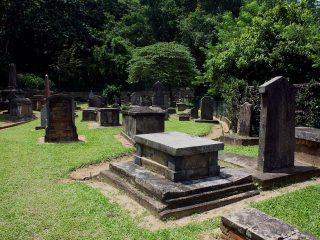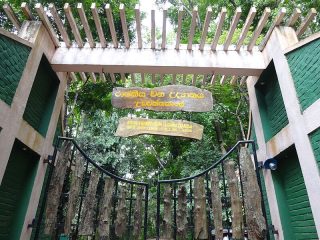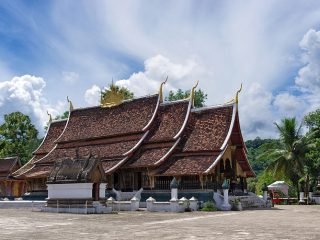![Ayutthaya | Image Credit: By Ahoerstemeier (Own work) [<a href="http://www.gnu.org/copyleft/fdl.html">GFDL</a>, <a href="http://creativecommons.org/licenses/by-sa/3.0/">CC-BY-SA-3.0</a> or <a href="http://creativecommons.org/licenses/by-sa/1.0">CC BY-SA 1.0</a>], <a href="https://commons.wikimedia.org/wiki/File%3AAyutthaya_3_pagodas.jpg">via Wikimedia Commons</a>](https://www.wellknownplaces.com/blog-data/uploads/2017/06/512px-Ayutthaya_3_pagodas.jpg)
During the time of its prosperity, the Kingdom of Ayutthaya’s wealth and influences was compared to that of Paris. King Narai, the ruler from 1656-1688 even had strong ties with the French King of that time, King Louis XIV. The Kingdom even had territories scattered over various parts of South-Asia, which allowed it to attain the status of an empire.
The Ayutthaya Kingdom was founded in 1350, and was the nation’s second capital. The site was chosen with strategy in mind, since it is situated on an island above the tidal bore and surrounded by three rivers. The city prospered during its existence from the 14th century to the 18th and became one of the world’s most significant cosmopolitan areas as well as commercial and diplomatic hub.
The downfall of the city occurred during 1767 when a massive attack by the Burmese destroyed the city and cause its inhabitants to flee. Although General Taksin managed to drive out the Burmese invaders, the city was never rebuilt, and instead a new capital took its place elsewhere. The city now remains as a vast archaeological ruin.
It can be an intense experience exploring the wreckage of a once renowned city. The massive temple structures are a haunting reminder of how sometimes even the most influential of entities cannot withstand the test of time.
If you ever find yourself in Thailand, a visit to the ruins of the Ayutthaya Kingdom is an essential adventure and is bound to be unforgettable.
Catalina Forbes is a travel writer who bases her content on many thrilling escapades experienced across the world. Google+









